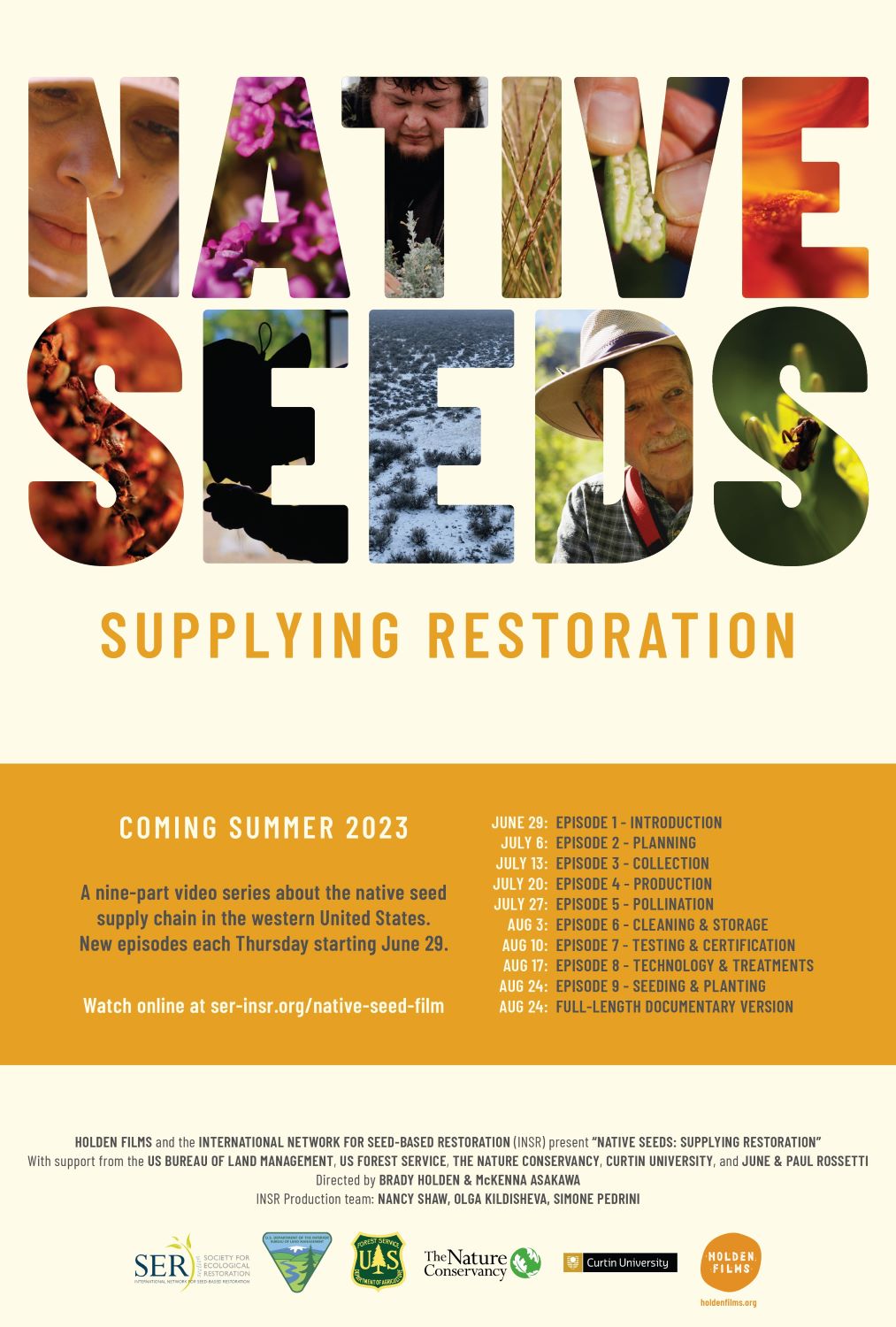Native Seed Partnerships
The overarching goal of a native seed partnership is to grow a reliable source of genetically diverse, local ecotype seeds to meet the needs of local conservation projects.
Who can be involved...
A successful partnership includes seed collectors, growers at multiple stages and end users. Are you interested in learning more? Please contact Kim Lessman, Seedbank Manager of the Seed Bank at Holden Forests & Gardens.
Why is local ecotype seed important...
Research shows that restoration projects are more likely to have long-term success when genetically appropriate seeds and native plant material are used. To create resilient ecosystems, seeds must be collected and produced in a way that preserves the genetic diversity of wild populations. Their origin must be well-documented to allow land managers to make informed decisions about sourcing seed that is suitable for their planting site.
Limited generation system
G(0) – Wild collected
G(1) – Seeds harvested in the first year, those available to growers
G(2) – Seeds harvested in second year, those available for distribution for conservation projects

Ohio’s Seed Sharing Laws
Resources compiled by Dr. David Francis, Professor of Horticulture and Crop Science (HCS) at The Ohio State University
Germplasm and Germination Resources
Seed Law
- House Bill 364 - Regards non-commercial seed sharing; noxious weed removal
- Ohio Revised Code Agricultural Seed Laws
- American Seed Trade Association
- Analyze Seeds Publications
- Association of American Seed Control Officials
Professional Guidelines
AOSA/SCST Report of Analysis Handbook
Popular articles
Terminology
Local Ecotype: Plants that have adapted to a specific geographic environment thus evolving to be genetically distinct from other plants of the same species found in different environments.
Genetic diversity: Biological variation that occurs within a species, allowing the species to adapt to environmental changes.
Native plant materials: Native plants and their propagules, such as seeds, spores, and cuttings.
Key Resources
- The International Standards for Native Seeds in Ecological Restoration
- National Seed Strategy
- Seeds of Success
- 2023 Native Seed Conference (recordings available online)
- A survey of native plant materials use and commercial availability in the Eastern United States
- An Assessment of Native Seed Needs and Capacities (highlights and webinar available)
- Arkansas Native Seed Program webinar (an example of a similar program)
Lastly, we encourage you to watch Native Seeds, Supplying Restoration
